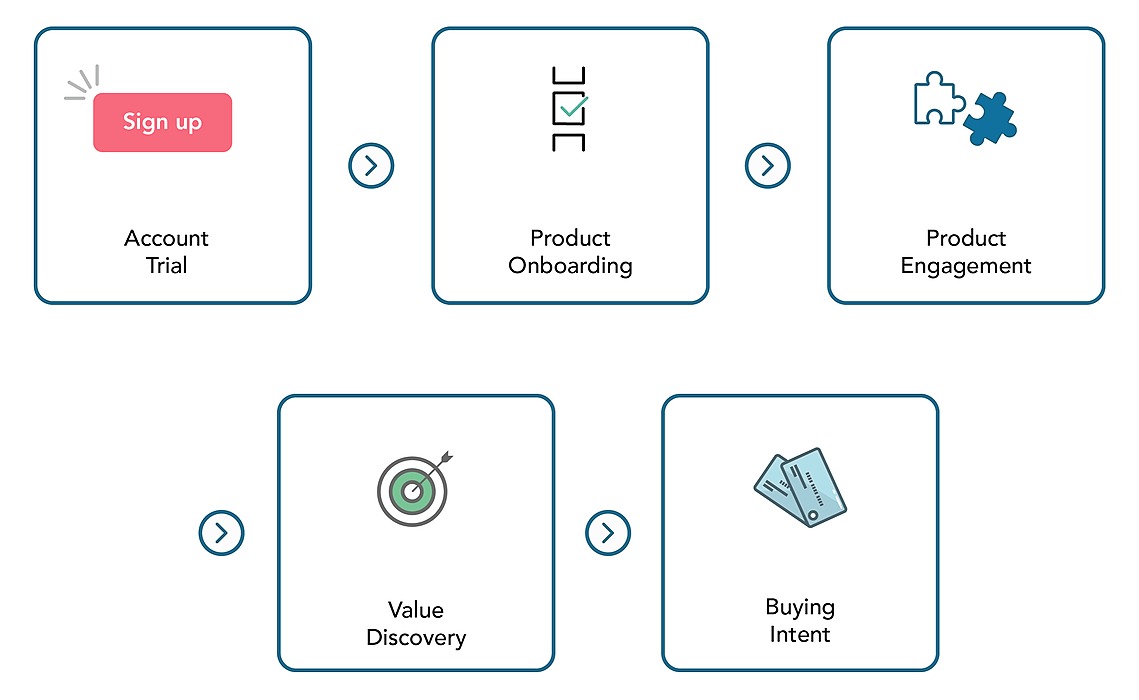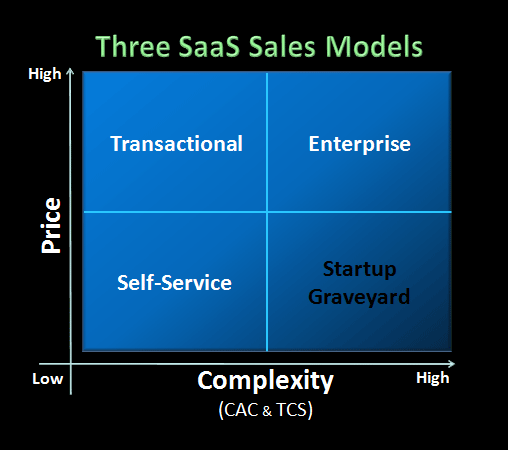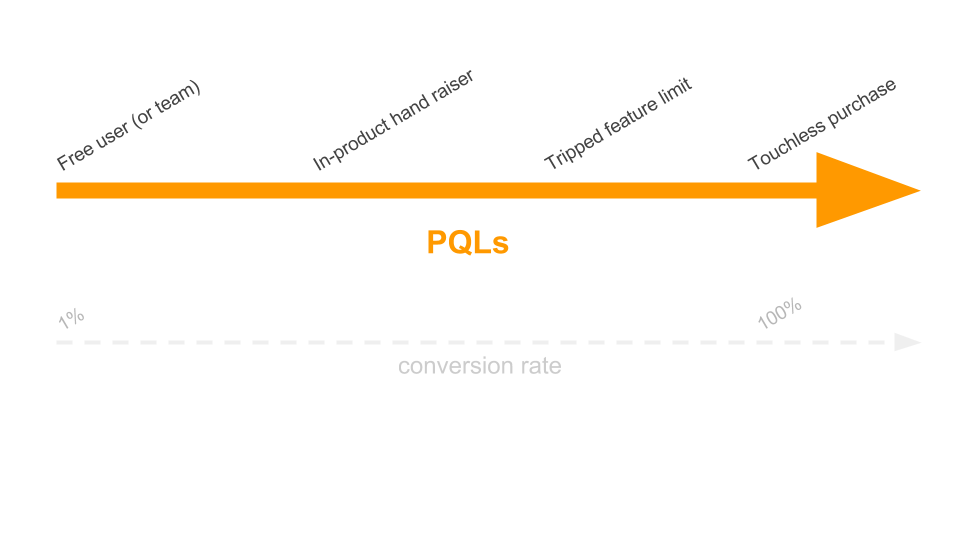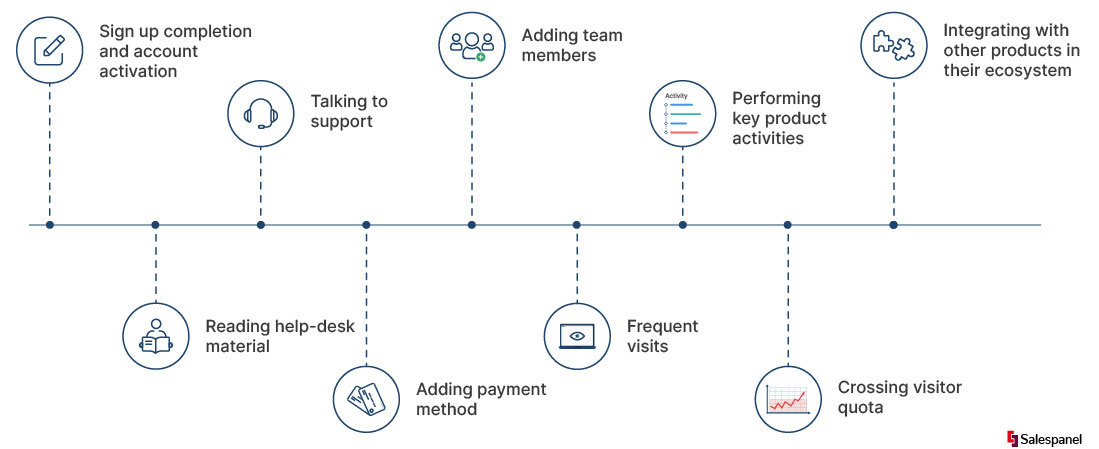What are Product Qualified Leads (PQLs)? VS MQLs and SQLs
Updated on Dec 2, 2021

The traditional B2B marketing process has a very simple funnel system. Leads are acquired; they are then ‘marketing qualified’ and pushed to sales. Sales then make their vetting and ‘sales qualify’ the leads before closing the deal. That’s it. But, SaaS companies and product-led companies now have another more important qualification strategy on their plate – Product Qualification.
The SaaS (Product-led) model and how it differs from other B2B models.
The SaaS business model is a subscription-based licensing model offered by software companies. It is fundamentally a product-led model where the product drives acquisition and conversion. The product is tried out before people buy, and since the subscription is renewed on a monthly basis, the product needs to serve the customer in order to be retained. Plus, SaaS products are cheaper than other B2B products/services. Salesforce’s pricing, for example, ranges from 25$ to 300$ per user per month. Many SaaS companies even offer a permanently free plan. This naturally requires the model to be self-service, led by the product at its core. Every customer is guided by sales reps is simply not viable for most SaaS companies.
Salesforce was founded in 1999 specifically with a SaaS business model in mind and is the first company to do so. A few SaaS-type services existed as far back as the 60s, but the momentum shifted after Salesforce launched and went on to become a $300 Billion company (as of Nov 21). Jumping forward to today, many software companies offer subscription-based need products that can be used directly from the web browser.
Now, the sales cycle of a SaaS business is remarkably short when compared to other B2B segments. Many B2B companies have sales cycles that can go even longer than 12 months. For SaaS businesses, the time taken to buy can range anywhere from 1 day to 2 months. There is a reason why most SaaS trials are of 14 days. Plus, with the self-service model in place for most low-ticket subscriptions, buyers can try the software and then do their own due diligence and buy without talking to sales. The SaaS sales and marketing strategy greatly differs from other marketing models. Neil Patel discusses it in one of his blog posts.

Source: https://neilpatel.com/blog/how-saas-marketing-is-different/
The emergence of PQLs and how it fits in
Marketing qualification and sales qualification systems are still relevant as ever. Marketing needs to qualify leads based on the customer profile and sales needs to prioritize higher-ticket leads who need the sales push. But, with centrally hosted software that is accessible within the browser, marketers can track user behavior and milestone completions without invading privacy or breaking data compliance laws. This brings in the PQL system. Product qualification is a process where leads are qualified based on how they engage with your product.
Let’s take an example: You have a great lead who signed up for your application. The lead checks all the boxes in your MQL criteria. But, he/she barely uses the product or does not get any value from it. Will this lead ever buy? Despite being a bad fit, this lead would have otherwise been passed on to the sales funnel if you were using a traditional MQL → SQL model.
Let’s take another example. There are 100 accounts which are continuously using your product for over 6 months and are subscribed to the starter pack or the free account. How do you know who is ready for an upgrade, or how do you find someone who will benefit from buying more credits or unlocking an additional feature? Unlike regular B2B, where deals are close-ended, SAAS deals have a lot of opportunities. SAAS customers would often start with a free or lower-priced plan and then later upgrade to a higher-priced plan based on their requirements. SAAS models also rely on upselling, and customers would buy more credits or unlock premium features.
Having a PQL system helps you analyze behavior and determine which favorable behaviors show customer’s intent. Leads can be product qualified on any volume and addressed with automation. For example, when a lead is determined to be qualified for a purchase, they could automatically be transferred to sales or they could automatically be sent an email with a discount coupon for an upgrade. Similarly, leads who are not getting value from the product or those who have less interest in the product can be pushed lower in the priority order.
Determining which behavioral patterns or activities can be considered for PQL

Source: https://expand.openviewpartners.com/what-is-a-pql-3d724548ba06
While the fundamentals are the same for every company, the defining characteristics can be different for different types of businesses. For us at Salespanel, defining characteristics are installing code on the website, adding team members, adding the payment method, number of visitors tracked and engagement frequency. Our software needs to be installed on the user’s website to track their visitors and it is the main step for account activation. We have also found a strong correlation between customer intent and adding team members. Users who add team members are more likely to purchase. Engagement frequency is crucial for every SaaS company. The more the users engage with the product, the more interested they are.
Here are some behavioral characteristics that can help you in creating a PQL strategy:
- Sign up completion and account activation
- Reading help-desk material
- Talking to support
- Adding payment method
- Adding team members
- Number of visits and visit frequency
- Performing key product activities
- Crossing visitor quota
- Integrating with other products in their ecosystem

Now that you know how you can product qualify your leads, you can easily get started with it by tracking activities users perform on your product. We have written another article on it that goes into how PQL bridges the gap between MQLs and SQLs and how you can set up your PQL strategy. Please check it out if you want to know more.
Sell more, understand your customers’ journey for free!
Sales and Marketing teams spend millions of dollars to bring visitors to your website. But do you track your customer’s journey? Do you know who buys and why?
Around 8% of your website traffic will sign up on your lead forms. What happens to the other 92% of your traffic? Can you identify your visiting accounts? Can you engage and retarget your qualified visitors even if they are not identified?
- B2B Lead Scoring: Guide and Best Tools for 2024
- Set up a Data-Driven Lead Scoring System in less than 20 minutes
- What are Product Qualified Leads (PQLs)? VS MQLs and SQLs
- Every Question You Have About Lead Scoring Answered
- Setting Up Predictive Lead Scoring Using Machine Learning


